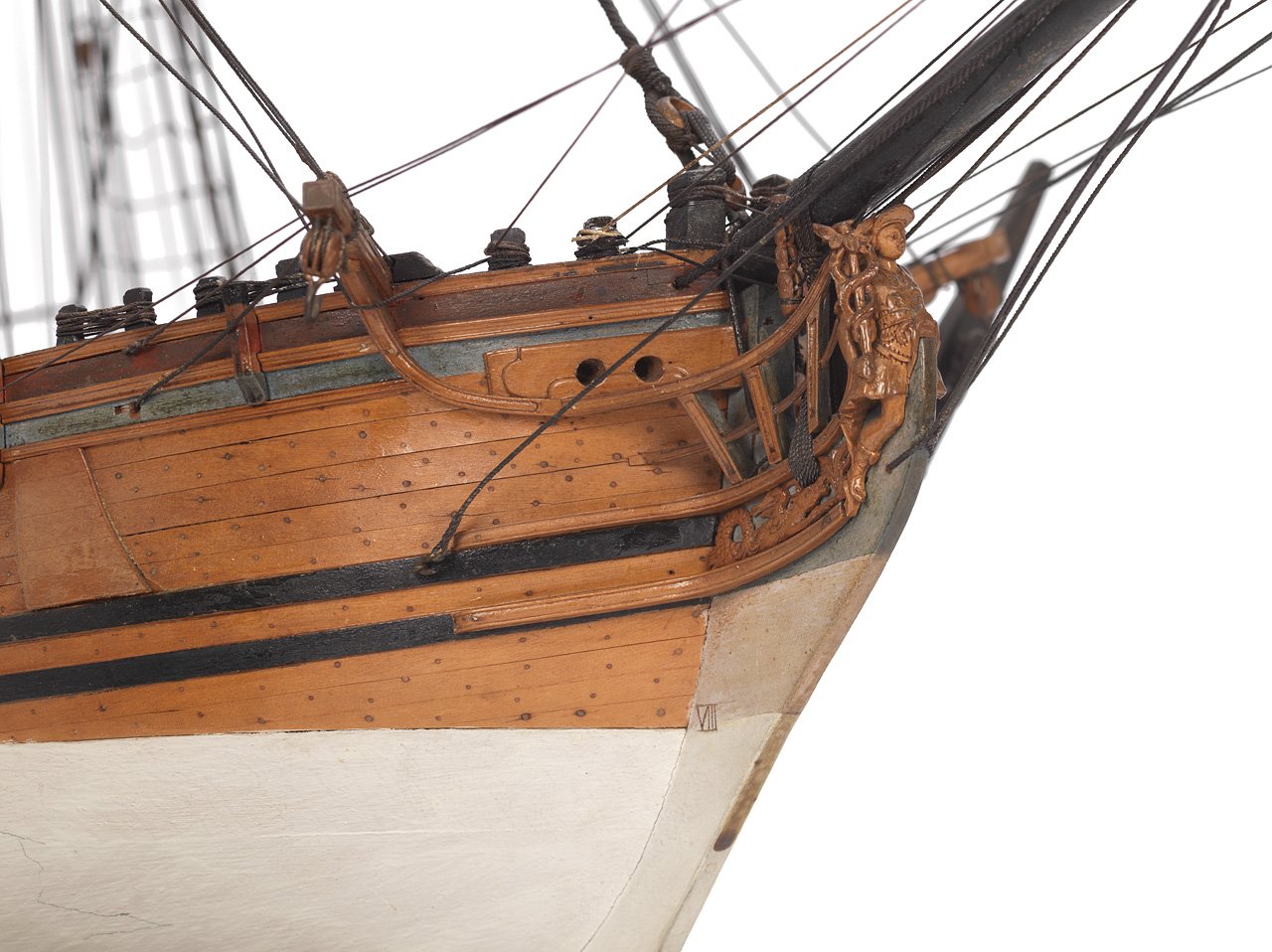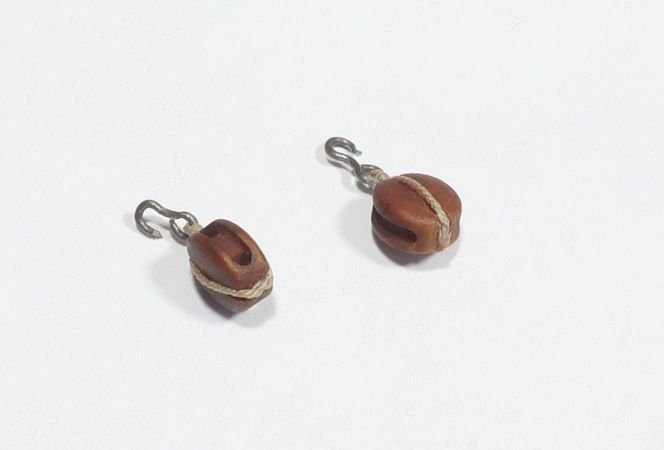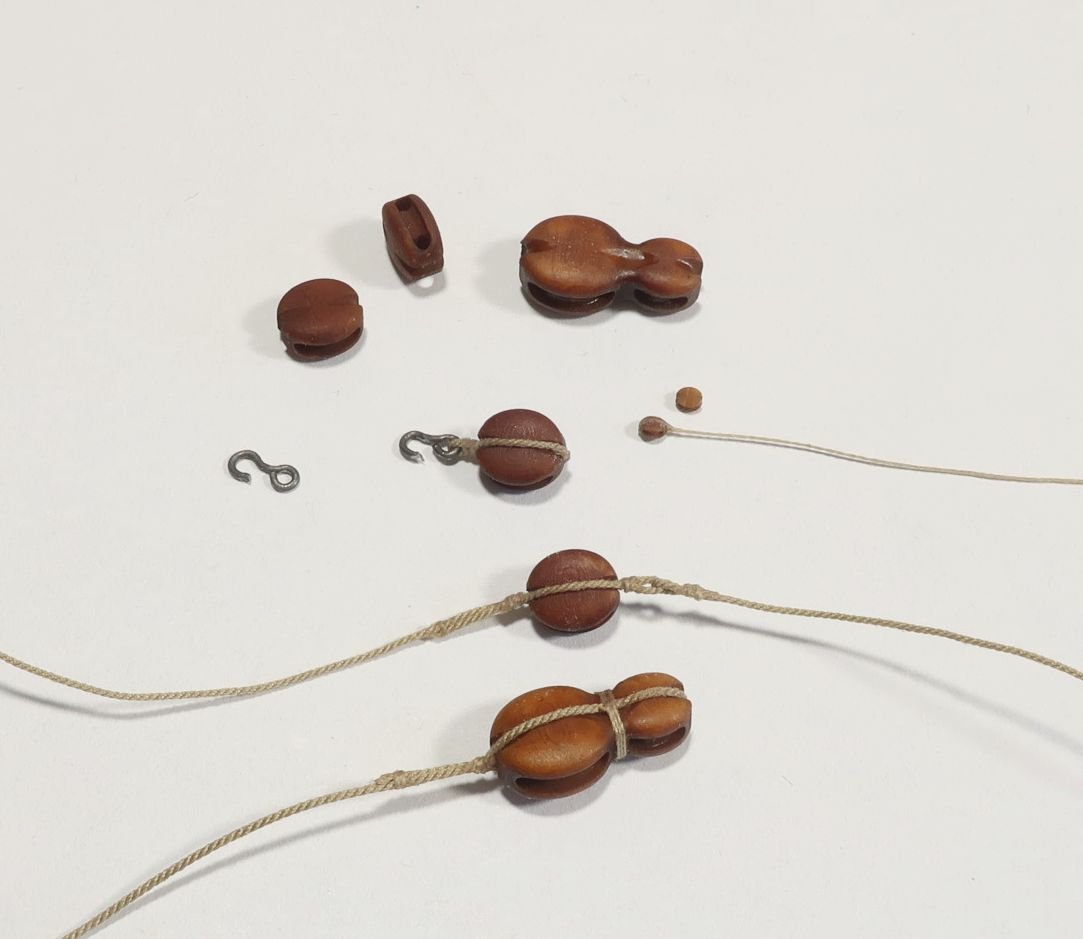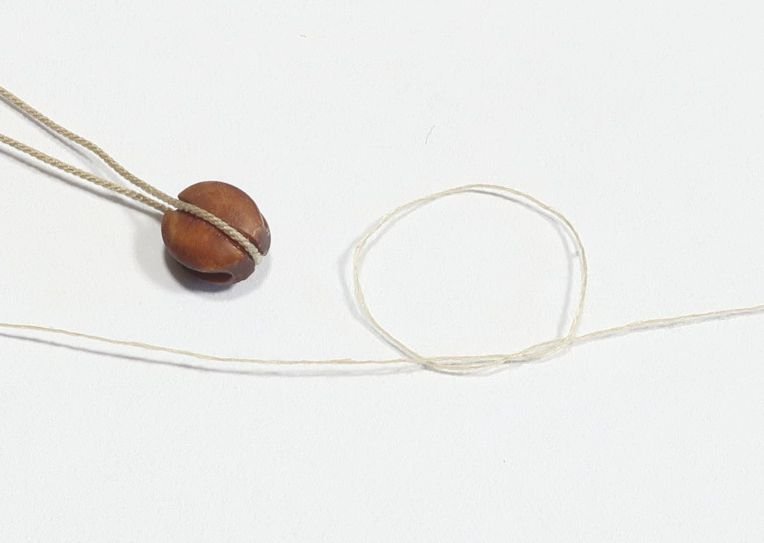-
Posts
9,703 -
Joined
-
Last visited
Content Type
Profiles
Forums
Gallery
Events
Everything posted by Chuck
-
I wouldnt recommend doing that. Best to start with the wales as they establish the run of planking above and below them. If you start with the ports it is all to easy to establish the incorrect run of planks. Once the wales are established, Line off the hull below it....or plank the hull above it and between the ports. But lining off is the best practice regardless. See the many tutorials posted on this site. Chuck
-

Roter Löwe 1597 by Ondras71
Chuck replied to Ondras71's topic in - Build logs for subjects built 1501 - 1750
Really nice and precise craftsmanship. Those blocks are fantastic. -
The testing process was long and hard before I got the results I liked. I just spent hundreds if not thousands of dollars testing different resins and mixing them together. Post print and pre print dye added....more testing etc. Hundreds of man hours and print tests. Very frustrating along the way. Many many failures. And of course the best results were from the most ridiculously expensive resin. With so many new people starting to sell 3d printed blocks and other aftermarket products, my final proprietary blend of herbs and spices will remain a Syren Secret Formula. At least for now. Sorry and I hope you understand. I have been burned before. Chuck
-
Thank You so much...You would not believe how long it took and how much money I spent testing to get that color and finish. Slightly different with each block and within each block... but consistent. With just a hint of different shading and transparency in each block. When they are too uniform and flat they look fake like most others I see on the market. But a real wood finish isnt like that. I am quite happy with them.
-
I really do love these 3D printed blocks... Ok here is my presentation....keep in mind that I have an soft spot for Henry Culver. He rigged so many of the Rogers collection models. He kept it simple while making sure the rigging was not heavy and hung just right. That is my inspiration for stropping like this. See some examples of his work...check out those Seawatch books. You wont be disappointed. It certainly isnt the kitchen sink approach but it works for me. The presentation... Stropping Blocks (one method).pdf
-
Stropping blocks…. As part of the Speedwell project I am putting together a small tutorial on how I strop blocks. Nothing fancy like some folks do when rigging their models but these methods work for me. No real splicing or crazy stuff. I dont have patience for that or the skills. I will be doing a demo at my club meeting this Saturday but will put together a PDF for folks building and…yes…rigging the Speedwell. These are my darker “Swiss Pear” colored 3d printed blocks and my Syren Rope of course. Should be done during the week. Doing a little at a time while …you guessed it…while making more rope and blocks. I use the same technique on large blocks and very tiny ones…2mm even. But I am using larger blocks for demo. If there is some interst. When rigging I mostly just try to keep things neat and simple so the rigging and blocks hang nicely. I avoid anything that makes the line too stiff at the seized strop of a block…Keep it simple.
-
It is so nice to see you back and working on this model. Such a treat. Welcome back and keep the updates coming. Chuck
- 1,215 replies
-
- sloop
- kingfisher
-
(and 1 more)
Tagged with:
-
What a nice model Keith and thank you. She is a beauty. I had reopened on Tuesday afternoon. But in these last four days I have completely sold out of rope with only four packages left. Crazy stuff. Thanks to my customers. I really appreciate that. Probably 70% of the blocks have sold as well. I am so happy folks like them. The bad news…It will take a while to make more. I wasnt expecting such a rush. Hundreds of packages sold in just a few days. Chuck
-
Well I am officially moved in to my new place. Everything is going well but not as quickly as I would like. Having said this, the shop is pretty much all set up. I have a few things left to do but plan on opening the store for orders on Tuesday morning. Thanks to all of my customers for your patience. I can honestly say that I will never move again. Moving sucks. But once the dust settles it will have been worth it.
About us
Modelshipworld - Advancing Ship Modeling through Research
SSL Secured
Your security is important for us so this Website is SSL-Secured
NRG Mailing Address
Nautical Research Guild
237 South Lincoln Street
Westmont IL, 60559-1917
Model Ship World ® and the MSW logo are Registered Trademarks, and belong to the Nautical Research Guild (United States Patent and Trademark Office: No. 6,929,264 & No. 6,929,274, registered Dec. 20, 2022)
Helpful Links
About the NRG
If you enjoy building ship models that are historically accurate as well as beautiful, then The Nautical Research Guild (NRG) is just right for you.
The Guild is a non-profit educational organization whose mission is to “Advance Ship Modeling Through Research”. We provide support to our members in their efforts to raise the quality of their model ships.
The Nautical Research Guild has published our world-renowned quarterly magazine, The Nautical Research Journal, since 1955. The pages of the Journal are full of articles by accomplished ship modelers who show you how they create those exquisite details on their models, and by maritime historians who show you the correct details to build. The Journal is available in both print and digital editions. Go to the NRG web site (www.thenrg.org) to download a complimentary digital copy of the Journal. The NRG also publishes plan sets, books and compilations of back issues of the Journal and the former Ships in Scale and Model Ship Builder magazines.



















